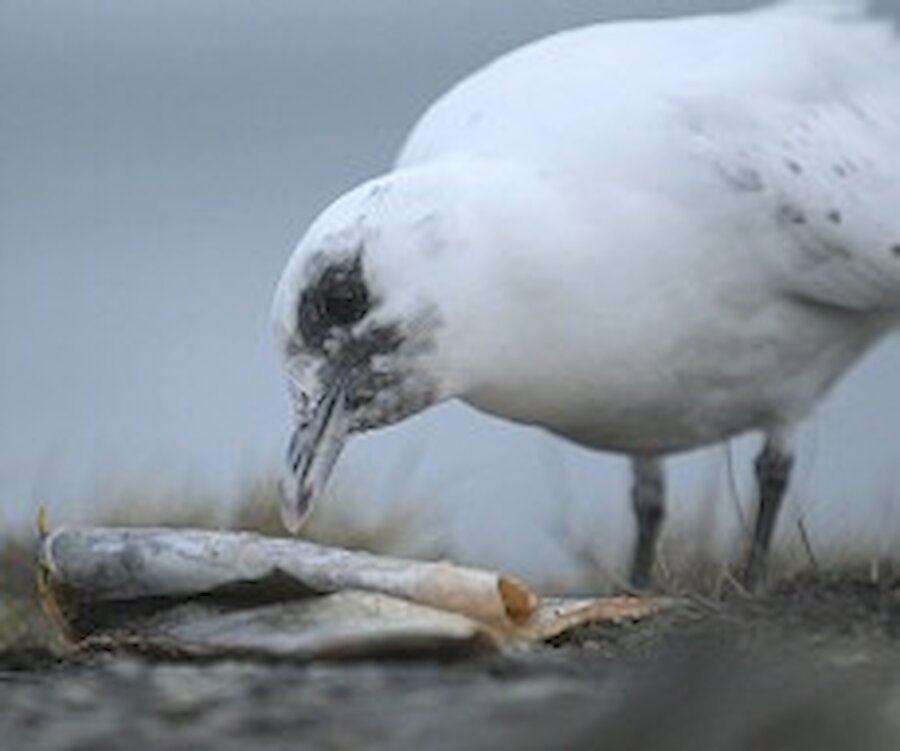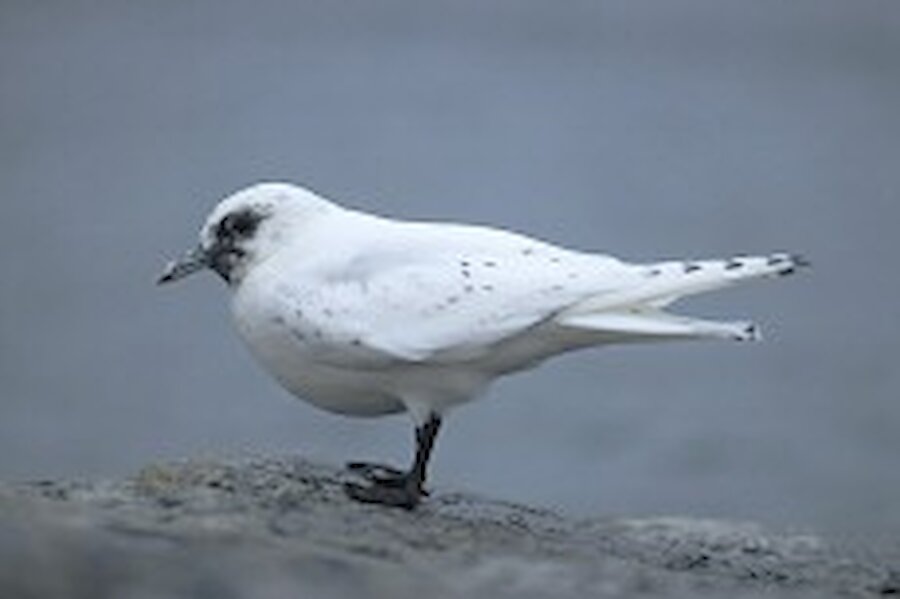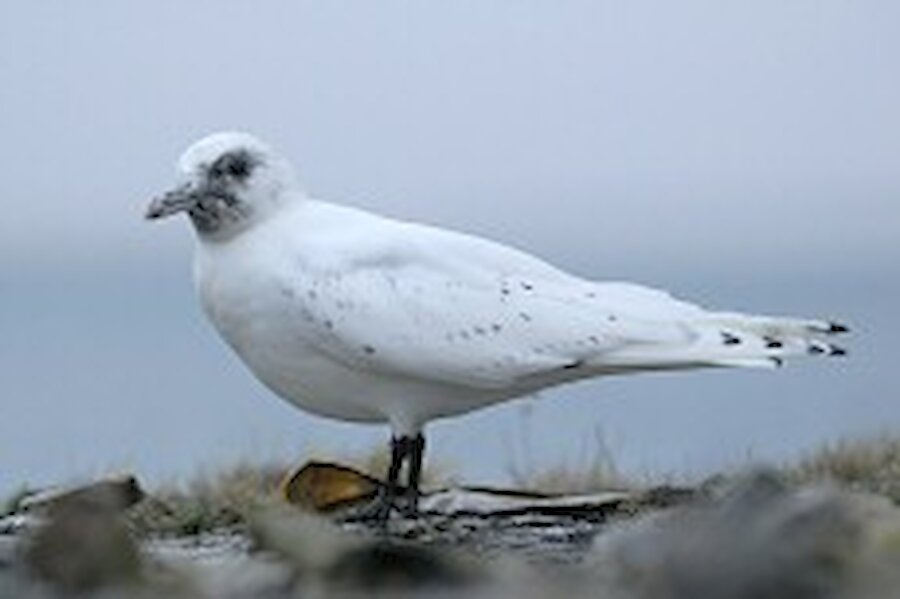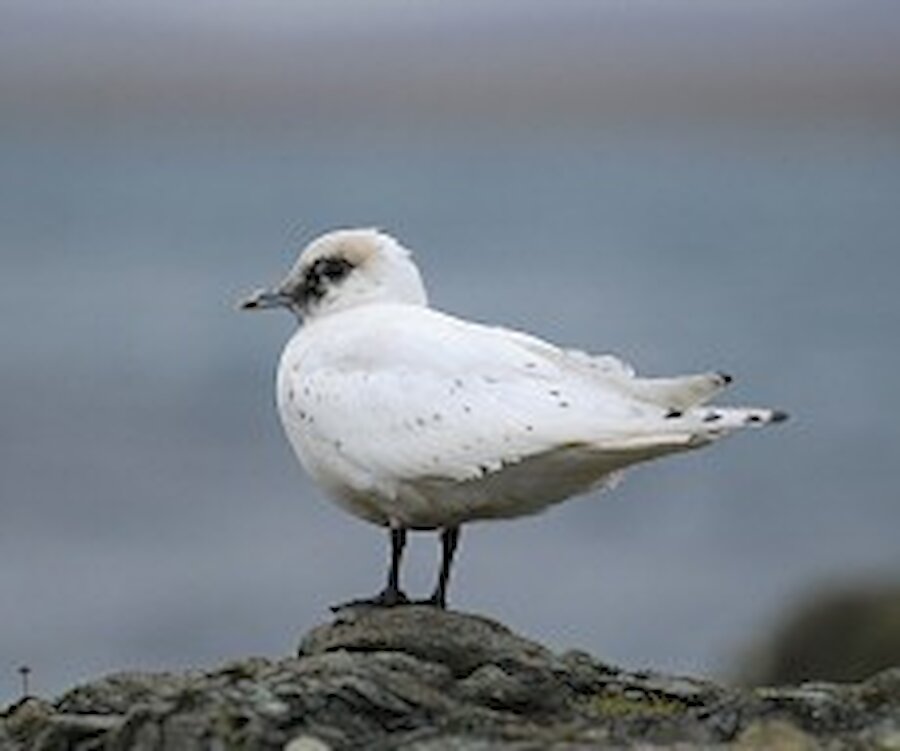The Ivory Gull
Approaching the darkest depths of a Shetland winter as a birder, there are but a meagre handful of very rare and highly prized rarities one hopes for each year. During the winter months species like Ivory and Ross's gulls, Gyr falcon, Snowy owl and slightly more common King eider moving south out into the edge of their wintering range are undoubtedly some of the top contenders on any European birders winter wish lists.
Having grown up in the isles, over the years I have been extremely fortunate to enjoy all but one of theses afore mentioned species- the Ivory gull and if I (or any other birder in the country) could have hoped for a species to end the year on, it would surely be this one.




